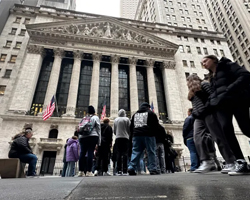Global Markets Navigate Post-Thanksgiving Caution Amidst Geopolitical Developments and Economic Indicators | Daily Market Analysis
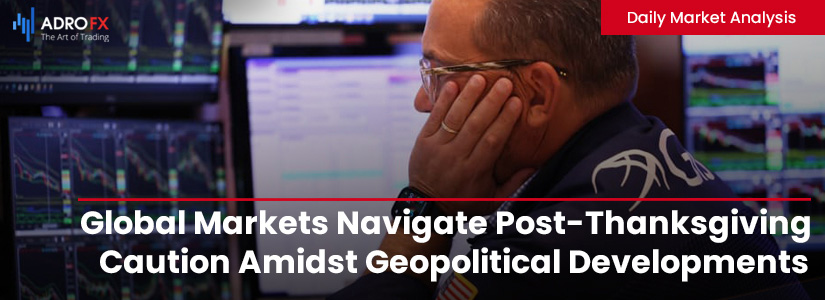
Key events:
- Eurozone - German GDP (QoQ) (Q3)
- Eurozone - ECB President Lagarde Speaks
- Canada - Retail Sales (MoM) (Sep)
- USA - S&P Global Services PMI (Nov)
Post-Thanksgiving, a sense of caution is prevalent in the markets as investors show reluctance to make significant moves, anticipating a day of narrow-range trading. The recently declared four-day truce between Israel and Hamas starting on Friday may contribute to a more positive market sentiment.
Global stock markets experienced a rise as risk sentiment stabilized, with US treasury bond yields remaining flat heading into the long weekend. In contrast, other global rates increased, leading to a rise in their respective currencies. Germany's 10-year Bund yield climbed 5 basis points to 2.61%, while the UK 10-year Gilt yield rose by 10 basis points to 4.25%.
On Wall Street, stocks rallied in light trade, with the DOW settling at 35,287 (compared to 35,275 the previous day), and the S&P 500 slightly higher, finishing at 4,557 from the previous day's 4,554.

In Japan, core consumer price growth experienced a slight uptick in October, reinforcing the belief among investors that persistent inflation could prompt the Bank of Japan to scale back monetary stimulus in the near future. However, most Asian stocks declined on Friday, influenced by weak economic signals from Japan and the eurozone. Hong Kong's Hang Seng index faced notable losses, primarily driven by steep declines in index heavyweight Chow Tai Fook Jewellery.
Trading volumes remained subdued, and with little guidance from the US markets due to a holiday, markets in the region showed limited movement. The week's conclusion indicated most regional bourses ending unchanged as uncertainties grew regarding the trajectory of US interest rates in the upcoming year.
Japan's Nikkei 225 index saw a 0.6% rise in catch-up trade following a holiday on Thursday. The weaker-than-expected consumer inflation data for October contributed to expectations that the Bank of Japan might have more flexibility to maintain an ultra-dovish stance for an extended period, despite underlying inflation in Japan still exhibiting persistence.
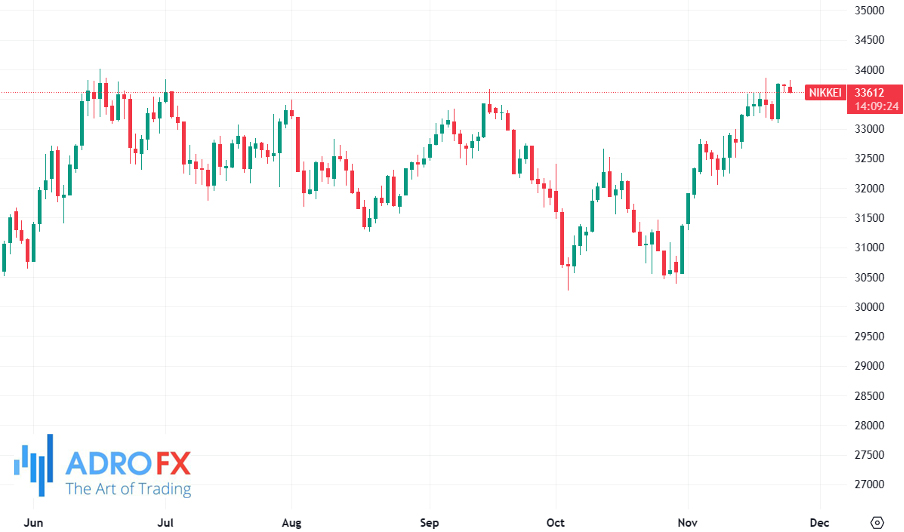
Meanwhile, Bank of England Chief Economist Huw Pill emphasized the necessity for the bank to stand firm in its battle against inflation, asserting that there is no room to ease tight monetary policy, as reported by the Financial Times on Friday.
Pill acknowledged the economy's sluggish growth in activity and elevated unemployment but clarified that these trends were primarily supply-driven and not indicative of a relaxation of inflationary pressures. While headline inflation has decreased due to exogenous factors such as stabilized energy, food, and international goods prices, Pill emphasized the continued importance of addressing domestically generated inflation.
According to a Reuters poll earlier in the month, economists anticipate that the Bank of England will maintain its Bank Rate at a 15-year high of 5.25% until at least July. However, there is a perceived risk that any rate cut might occur later than initially expected.
Earlier in the day, New Zealand's Retail Sales (quarter-on-quarter) surpassed expectations, rising to 0.0%, beating the forecast of -0.8% and the previous quarter's -0.9%. NZ Quarterly Core Retail Sales showed a significant increase to 1% from the previous -1.6%. The Kiwi edged higher to 0.6050, compared to 0.6044 earlier.
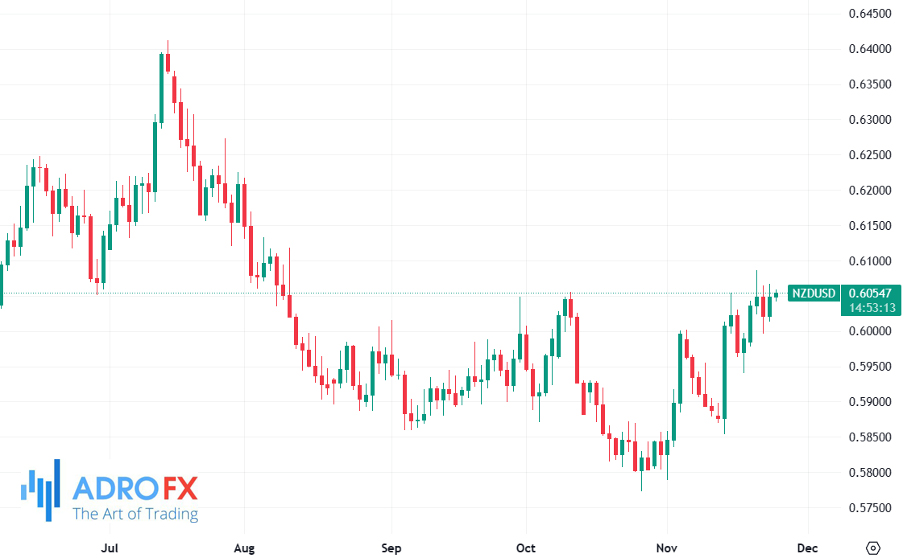
The Gold price saw modest gains on Thursday, benefiting from a weaker US Dollar. However, it failed to extend its upward momentum and remained below the psychological $2,000 mark during the Asian session on Friday.
Despite the hawkish tone in Tuesday's Federal Open Market Committee (FOMC) minutes, investors appear convinced that the US central bank will maintain steady interest rates instead of implementing a hike. This belief acts as a constraint on the USD's rebound this week, which started from its lowest level since August 31 and continues to support the non-yielding yellow metal.
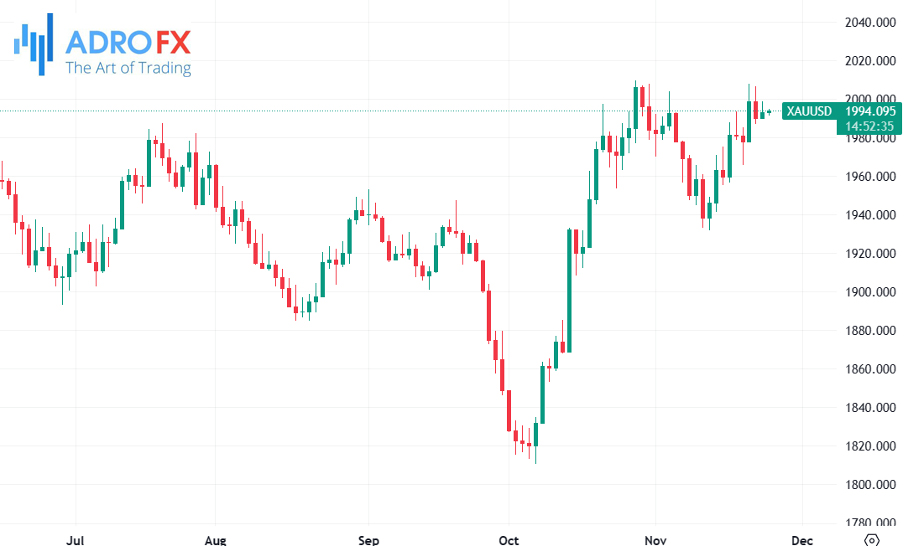
The release of US macro data on Wednesday, indicating resilience in the labor market, introduced some uncertainty regarding the Federal Reserve's next policy move. Coupled with a noticeable increase in US Treasury bond yields, this provides a degree of support to the Greenback, restricting the upside for the US Dollar-denominated Gold price. Nevertheless, the precious metal is poised to register its second consecutive weekly gain.
Market attention is focused on the upcoming US PMI data, expected to reveal sustained weakness in business activity. The anticipation stems from the world's largest economy cooling under the weight of high interest rates and persistent inflation.

Any indications of weakness in the US economy could limit the Federal Reserve's flexibility to maintain higher interest rates, potentially increasing the likelihood of an early rate cut.
